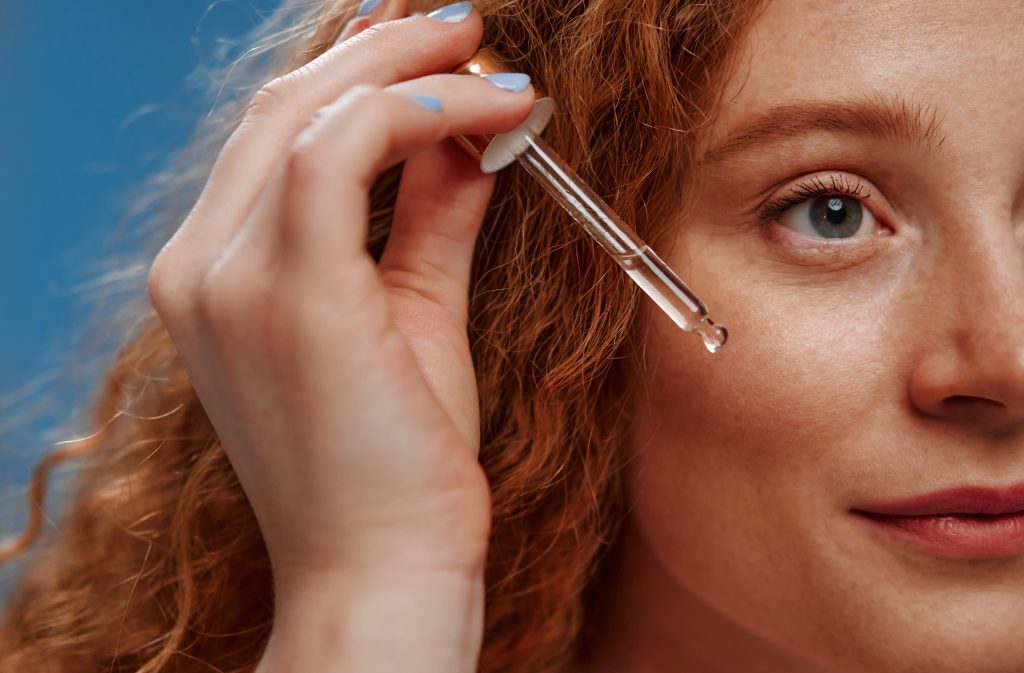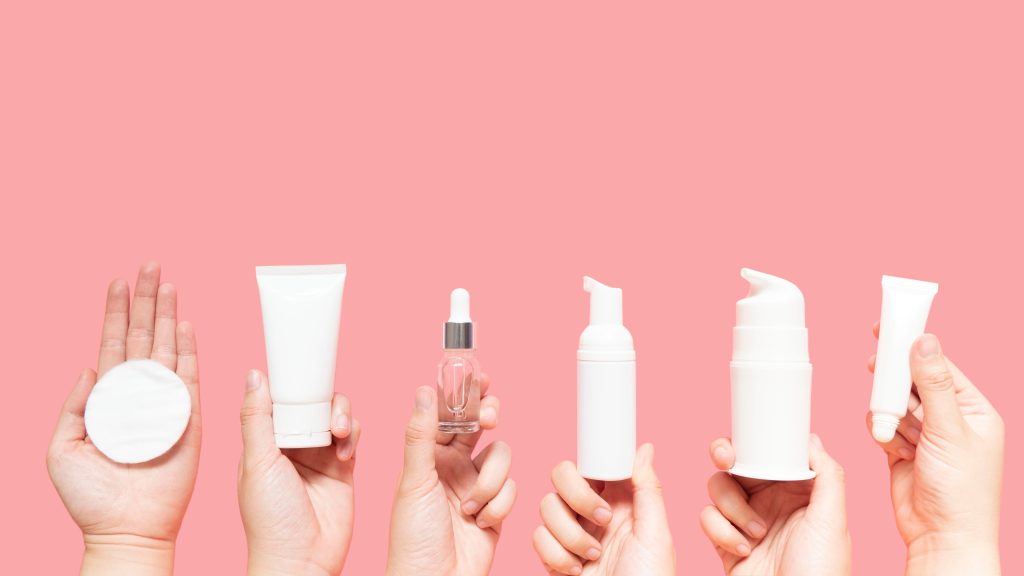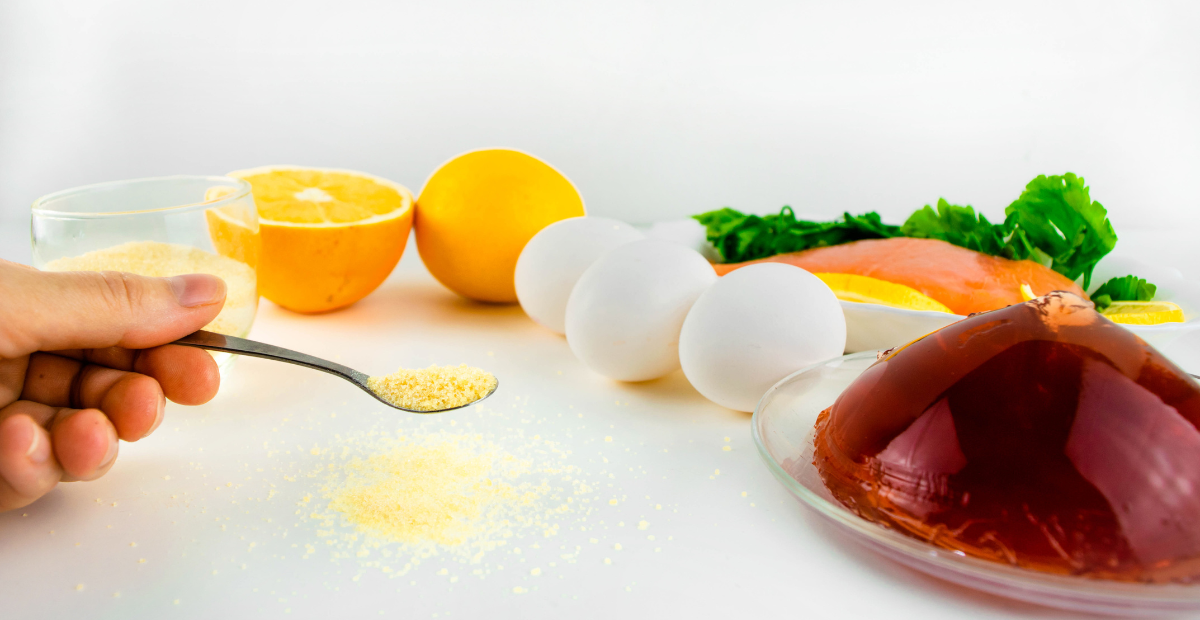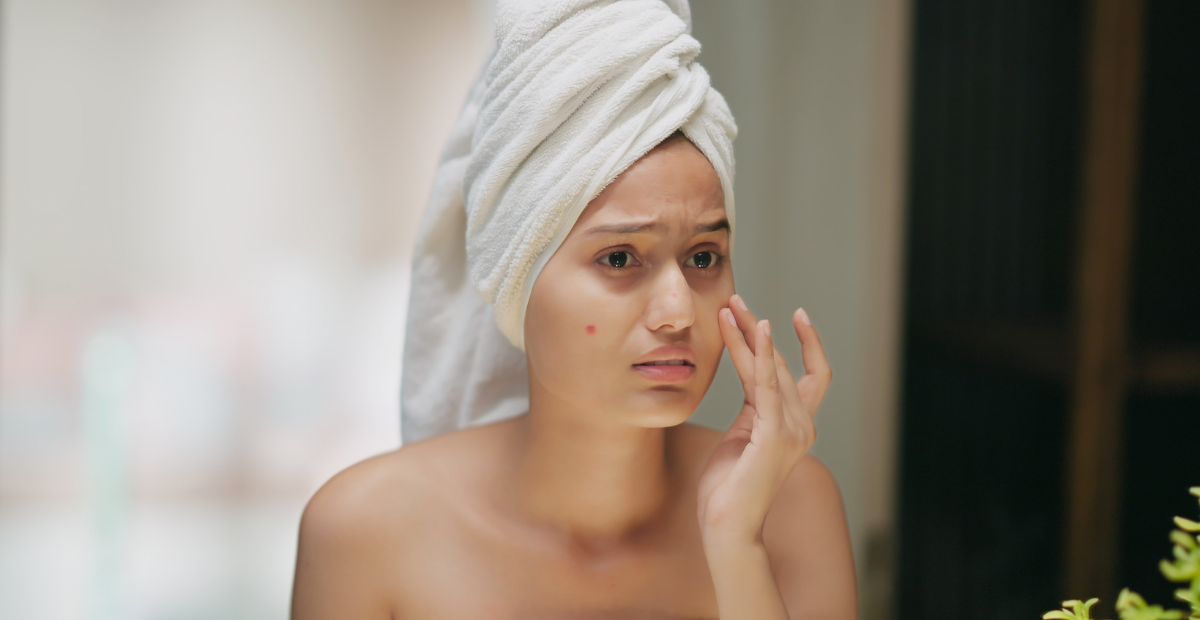What Does Niacinamide Do for Skin? 7 Reasons to Love It
Onskin Content Team
Your guides through the skincare chaos

We all have or have had that friend who’s easy to deal with and mixes well with people from completely different walks of life or ages. In the world of skincare, that friendly guy with the golden retriever vibes is niacinamide. Boasting a whole spectrum of effects both as a main hero ingredient and when layered with others, it’s one of the most beloved skincare ingredients among cosmetic manufacturers. So you’ve probably already used a niacinamide-containing product, even if you never knew this ingredient existed.
Today, let’s explore why it deserves its “multitasking king” status. What does niacinamide do for skin? Does this star component have a dark side, and is it true that you shouldn’t layer it with vitamin C? Sounds like a plan, so let’s go!
The Star Ingredient: A Preview

First, just a pea-sized bit of science. Niacinamide (also often dubbed nicotinamide) is a version of vitamin B3, which our bodies can’t produce naturally. To replenish this strengthening and supportive component through your food intake, go for grains, fish, meat, green veggies, or beans (sorry, bean haters).
To source the skin-focused benefits of niacinamide, it’s more effective to use it topically as an ingredient in creams, serums, face masks, toners, tonics, and so on—the choice of niacinamide-containing skincare is rich. Plus, vitamin B3 is water-soluble, so the skin absorbs it well.
Not a One-Trick Pony
If niacinamide were a person, it’d probably be Ryan Gosling. The tragic hero from Blade Runner 2049 and the self-important Ken in Barbie? He’s got it all. The whole portfolio of positive effects for your skin, all while treating it gently? Niacinamide’s got it all (but skin-wise), too! So, what are this component’s perks exactly? Let’s explore together.
Reason 1. More Hydrated Skin
Niacinamide prevents moisture loss by boosting the production of ceramides, lipids that are the building blocks for your skin’s protective barrier. This “door” locks moisture behind it and also prevents germs from entering your body. This strength of niacinamide is especially useful if your skin is often exposed to conditioned or heated air, or if you frequently replace water with another cappuccino—all of these factors may lead to your skin appearing dull and dehydrated.
Reason 2. Reduced Acne and Smaller Pores
If you’re on the oily side, niacinamide is a holy-grail ingredient to seek when curating an effective skincare routine. Studies prove that it prevents the overproduction of sebum in oily skin types, resulting in reduced inflammation and pores appearing smaller.
Reminder: If enlarged pores make you self-conscious, please remember that having visible pores is normal. Without pores, your skin wouldn’t be able to cleanse itself by releasing oil and sweat. Think of your pores as the tiny vents on a flower, essential for it to breathe and bloom beautifully.
Reason 3. Boosted Protection from UV Rays

You probably already know how treacherous UV rays are and how important it is to wear sunscreen. Niacinamide helps you create even stronger protection thanks to its antioxidant effects. What does the buzzword “antioxidant” mean exactly? UV exposure, smoking, and pollution introduce free radicals to your skin (molecules that can damage healthy skin cells), and niacinamide helps neutralize them, preventing your skin from premature aging and sun damage. Sounds great, right? Another thing that makes niacinamide unique is that it remains active even when exposed to heat or light (unlike vitamin C, for example).
Reason 4. Improved Skin Tone
What does niacinamide do for skin tone? One study showed that 5% niacinamide moisturizer can help fade dark spots. It stops pigment from entering skin cells and breaks down the extra melanin, leaving your skin looking smoother and discolorations and blotchiness less noticeable.
Reason 5. Reduced Wrinkle Appearance

As we grow older, our bodies produce less and less collagen, the protein that serves as the CEO of firmness and elasticity and gives the skin its structure. Research proves that topical niacinamide can boost the skin’s collagen production, resulting in visibly softer fine lines and wrinkles.
Reason 6. Niacinamide Mixes Well with Other Ingredients
Heard about how Rhode’s phone pairs well only with Rhode’s lip balm? Niacinamide is more like your no-brainer sweater that matches anything from Uggs to a mini-skirt; when combined with other beneficial components, niacinamide packs an even more powerful punch:
- Niacinamide + hyaluronic acid = moisture boost and plump skin.
- Niacinamide + vitamin C = brighter skin tone and even texture. But wait, didn’t they say they can’t be used together? New studies say this power duo is safe, unless you’re mixing the ingredients in a very hot environment for a good while.
Niacinamide can also be teamed up with ceramides, salicylic, tranexamic, glycolic acids, retinol, vitamins E, B5, and other powerhouse components.
Reason 7. Niacinamide Won’t Make Your Skin Freak Out
Saving the best for last, niacinamide is a good match for almost any skin type. One skin expert has even dubbed this component “a Libra” because it isn’t likely to disrupt your skin balance. Niacinamide-based products won’t harm even super-sensitive, rosacea-prone skin as much as many other, harsher acne treatments (winking at retinol). Speaking of which, a 2017 study found that a retinol cream with moisturizing components, including niacinamide, caused less irritation than a formula with just retinol.
TIP: Before buying a niacinamide-containing product, take its pic or scan its barcode with OnSkin or another ingredient scanner—you’ll see which skin concerns this product targets (and what components are specifically responsible for that), and if it’s a good choice for YOU. A serum having “Niacinamide” on the label doesn’t equal “This product is an ideal choice for your skin.” Chances are the item contains an ingredient (or ingredients) that may not do much for your skin at best, or can even worsen its condition at worst.
The Optimal Niacinamide Percentage: A Quick Guide

Most products with niacinamide are 5% or less, but its concentration varies. How do you know which to choose?
- Less than 2%: Sad but true: it’s probably not enough to benefit any skin type or issue.
- 2% to 3%: That’s where niacinamide starts working its miracles by controlling oil production and acne. Research shows that a concentration of 2% (or higher) helps fade red post-acne spots quicker than letting them heal on their own.
- 3% to 6%: This concentration assists in improving skin tone and texture, building its barrier, and tackling hyperpigmentation.
- Higher than 7%: You may want to think twice before using this concentration because this amount is considered relatively high and might make your skin angry, especially if it’s dry and sensitive. Other than that, it helps tackle uneven texture, dryness, and visible shine. Go for this concentration only if your skin is well-behaved and tolerated even those homemade egg-based face masks.
Cons of Niacinamide?
Niacinamide only has one chink and its armor, and it’s related to patience. You won’t see overnight results from niacinamide products; you’ll need to wait for around 2–4 weeks of daily usage before noticing any improvements in your skin (most skin experts recommend using it twice a day). But the wait is so worth it!
The Bottom Line
Already impressed by niacinamide’s powers? Don’t hesitate to add it to your skincare routine. It’s gentle, it’s versatile, and all its effects are backed by research. If this is not an A+ ingredient, what is? Still, don’t go overboard with using too many niacinamide-based products, as with any other ingredient used excessively, it can cause redness and even burning. Just as your body needs more than one source of nutrition to maintain itself, the same is true for your skin.
FAQ
-
Where do I start with OnSkin?
Download the app and think of a product you’d like to know more about. Then, go to the main screen and choose how you’d like to get the info —by manually looking it up in the search bar, by scanning its barcode, or by simply taking a picture of the packaging. Once you’ve done any of these, you can see how safe the product is and if it suits your skin or hair (if this analysis is available).
-
What is Safety Rating, and how is it calculated?
In OnSkin, we base product rates on ingredients. Each is closely studied by our medical team and then evaluated. This way, each product gets a score from 0 to 100, with 100 as the safest level.
Safety Levels
- Excellent (76–100)
- Good (51–75)
- Not great (26–50)
- Bad (0–25)
These scores are backed by the latest scientific studies. You can find links to the resources we’ve used on each ingredient page. To assess the safety of product ingredients, we evaluate them according to the following parameters/criteria
- Endocrine disruption risk / Reproductive toxicity
Indicates the probability of mimicking, blocking, or interfering with the body hormones.
- Сarcinogenicity
Measures the potential risk of inducing cancer.
- Allergy risk
Estimates the probability of an allergic reaction.
- High concentration alert
Determines the risk of being unsafe in certain amounts.
-
What is Skin Match?
Based on the info you input about your skin type, age, skin care goal, and other “settings,” OnSkin checks how well a product is tailored to your unique skin needs — it’s basically like a dermatologist helping you find the right products, minus the fees and the long wait. The product you’re checking might be labeled as It’s a match!, Hit-or-miss, or Not a match for you. The app also detects ingredient groups such as Anti-acne, Anti-inflammatory, Moisturizes, May be drying, Comedogenic, and others — by tapping one, you see exactly what ingredients from this or that group are in the product.
-
I seem to have a problem with using the app. Who should I contact?
Please reach out to us at [email protected], and we’ll carefully look into your issue. Your ideas for improving the app are also very welcome!
-
Do you have an Android version?
Not yet! Hey Android users, we hear you, and we're thinking about making an Android version, but we haven't started the development yet.
Tracker Sent!
It’s on the way to your inbox.




